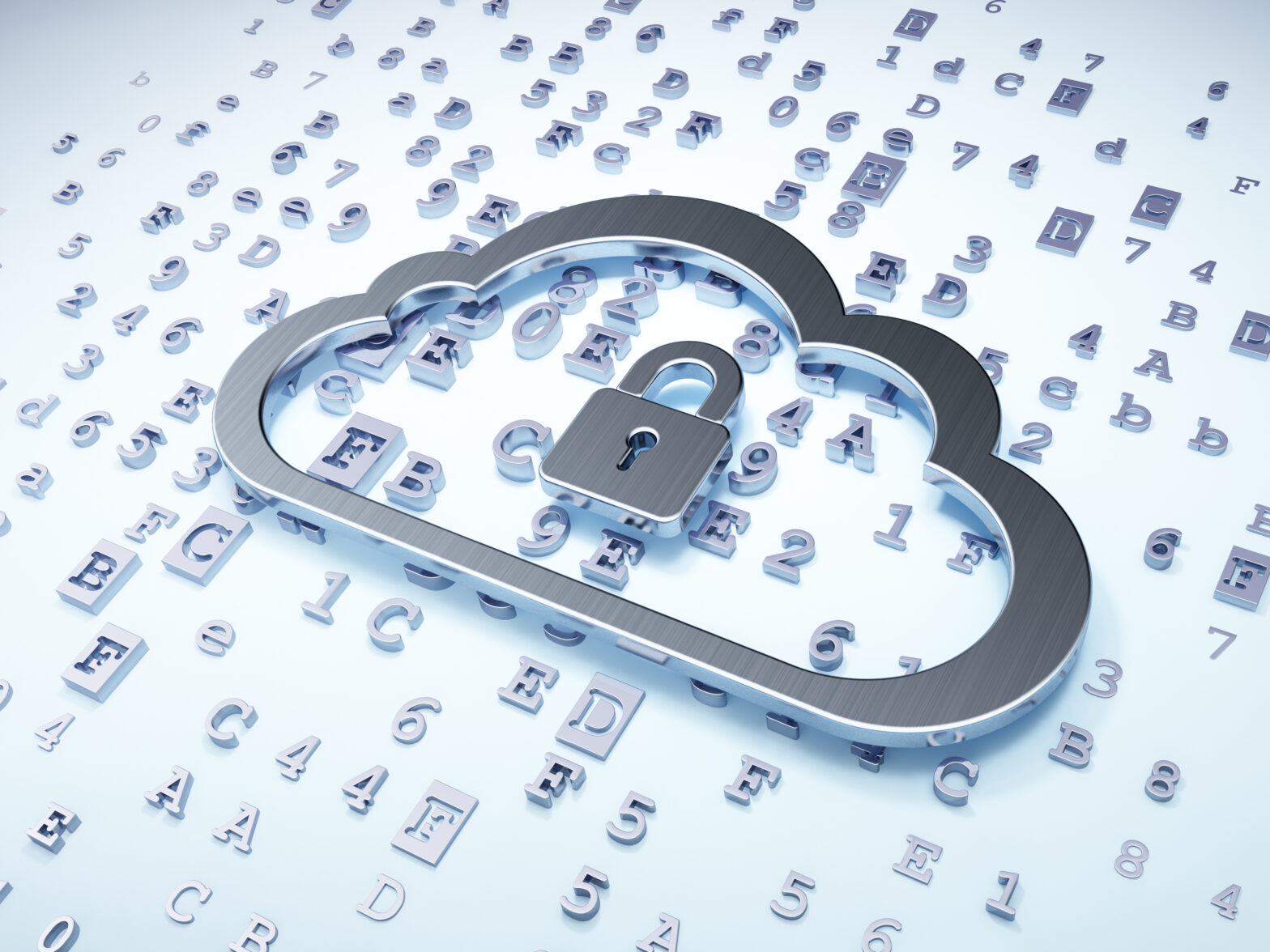Companies that adopt cloud within their organisation can release products quicker, protect their customer data from security threats, and achieve economies of scale at a faster rate than companies with traditional IT environments.
However, the shared nature of cloud computing also means that there is a real possibility that organisations could face security threats after they move to the cloud.
>See also: What to do when it comes to cloud security?
This article will cover a few of the most common cloud security threats and explain what steps you can take to protect your business online.
Data breaches
Recent data breaches such as WannaCry and Petya have shown that the cloud isn’t completely immune to threats that traditional company networks face.
Data breaches that involve sensitive company information is especially problematic for businesses, and can even lead to significant fines and lawsuits.
>See also: How to approach cloud computing and cyber security in 2017
You can prevent yourself from falling victim to a data breach by enforcing multi-factor authentication across the most vulnerable parts of your infrastructure.
Most vendors have this option built into their system, so it’s just a matter of making sure you apply it appropriately.
Misused credentials and ineffective authentication
When you’ve got multiple people accessing your cloud environment, there’s always a possibility that credentials could end up in the wrong hands.
That’s usually the case when an organisation doesn’t enforce the use of strong passwords or follow a process for managing access keys and user authentication.
Once again, the most effective solution for protecting against unauthorised access and compromised credentials is to use multi-factor authentication systems.
>See also: I.T. security vs cloud creep – the menace that comes from within
For example, you can use smart cards, phone-based authentication, and one-time passwords to make it harder for hackers to use stolen passwords to log in to your environment.
You can also protect your credentials by removing them from your source code and public repositories such as GitHub, and changing them regularly to ensure hackers can’t access your information without permission.
Internal attacks
Sometimes the biggest threats to your cloud environment come from an internal source such as a system admin, former employee or contractor.
An insider has direct access to your sensitive data, which means that they could do some serious damage if they decide to manipulate your data or destroy parts of your infrastructure.
Encryption systems are particularly vulnerable to insider attacks because they depend on the cloud service providers for security.
>See also: ‘Building trust’ in cloud security is crucial to UK’s digital future
The best way to protect your organisation from internal attacks is to limit the amount of access users have to various parts of your system. It’s also wise to implement a robust process for monitoring, logging, and auditing administrator activities in your cloud infrastructure.
You should also make sure that your system admins have the right training so they can respond to internal data breaches appropriately.
Data loss
The chances of losing all your data on the cloud are low. However, that doesn’t mean that hackers can’t find a way to delete your data.
There’s also a possibility that your vendor’s cloud data center could be affected by a natural disaster such as an earthquake, which could lead to permanent data loss. Of course, the odds of that happening are slim to none, but it could still happen.
>See also: Evolving security operations strategy to fit the cloud
The best way to ensure your infrastructure stays safe at all times is to distribute your applications and data across multiple locations instead of keeping it all in one central location.
You should also backup your data regularly and create an off-site data storage plan that allows you to access your data during an emergency.
DDoS attacks
DDoS attacks have posed a threat to businesses for several years, but they’ve become more popular with the development of the cloud. A DDoS attack can lead to a reduction in performance and cause costly disruptions for your business.
>See also: The cloud and its security implications
Luckily, most cloud providers already have tools in place to protect against DDos attacks. All you have to do is make sure your admins have access to these tools so they can be prepared for an attack before it happens.
If you have any more suggestions about how to stay secure in the cloud, please share them in the comments.
Sourced by Jerome Okutho, a seasoned DevOps professional consultant at nclouds
The UK’s largest conference for tech leadership, Tech Leaders Summit, returns in September with 40+ top execs signed up to speak about the challenges and opportunities surrounding the most disruptive innovations facing the enterprise today. Secure your place at this prestigious summit by registering here







